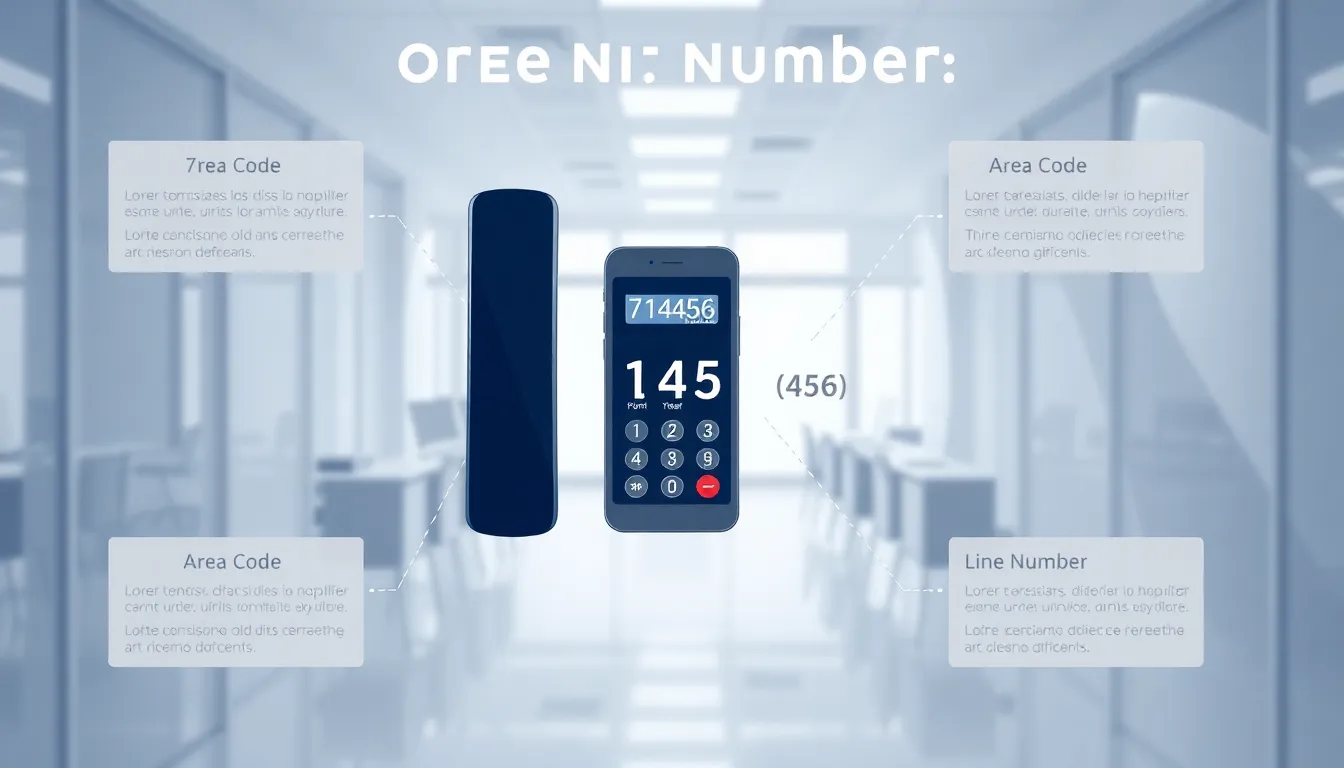Table of Contents
ToggleHave you ever stared at a phone number and wondered what it really means? Well, the number 7144563647 isn’t just a random string of digits: it’s a portal into a world of communication. In this text, we’ll dive deep into why phone numbers matter, how they function, and what you need to know to stay safe in the voice-driven digital age. Buckle up, because understanding your phone number can be as exciting as your favorite detective novel, without all the plot twists.
Understanding Phone Numbers: A Brief Overview

The Structure of Phone Numbers
Phone numbers might seem straightforward at first glance, but they have a specific structure that serves important functions. Typically, a phone number consists of three main parts: the area code, the central office code, and the line number. For instance, in the number 7144563647, ‘714’ serves as the area code, while ‘456’ and ‘3647’ correspond to the remaining digits.
This structure helps to pinpoint not just who you’re calling, but also where the call might originate from. With advancements in technology, particularly in mobile communication, knowing how numbers are formatted can enhance your understanding of telecommunication.
Area Codes and Their Significance
Area codes are essential as they signify a geographical area. The area code 714, for example, typically corresponds to a region in California. Understanding area codes can assist in identifying local businesses, friends, and even telemarketing calls. When you call someone from an unknown area code, a quick search can reveal if it’s a local number or one potentially tied to spam.
So, the importance of area codes isn’t merely geographical: they also serve practical purposes in our daily interactions.
Understanding the Format: A Breakdown
Common Uses for Phone Numbers
Phone numbers aren’t just for chatting. They’ve morphed into vital components of modern life, shaping how we connect and communicate. Businesses use phone numbers for customer service, appointment scheduling, and outreach, while social media accounts often require a valid number for registration and verification.
Also, phone numbers serve as identifiers in various applications, from banking to social networking. The format of a phone number allows it to fit within these multiple environments, making it incredibly versatile. It’s also worth noting that with the rise in mobile apps, phone numbers can serve dual purposes by acting as usernames or even login credentials. Now, how cool is that?
The Role of Phone Numbers in Modern Communication
Security and Privacy Considerations
As vital as phone numbers are, they come with their own set of security and privacy concerns. One major issue is the risk of identity theft, where malicious actors may use your number to access sensitive information or impersonate you. In today’s age of information, being vigilant about who has access to your phone number is crucial.
Many organizations now recommend using services that offer temporary or virtual numbers. This way, users can protect their primary phone number while still engaging in necessary communications. Better safe than sorry, right?
Tips for Protecting Your Phone Number
Want to keep your number safe? Start by being cautious with where you share it. Oversharing on social media can lead to unwanted solicitations or even harassment. Always consider whether you need to provide your number before doing so.
Utilizing privacy settings on social platforms and opting to receive two-factor authentication codes via email can also bolster security. Finally, it’s wise to regularly review your contacts and remove those that seem suspicious or unfamiliar.







